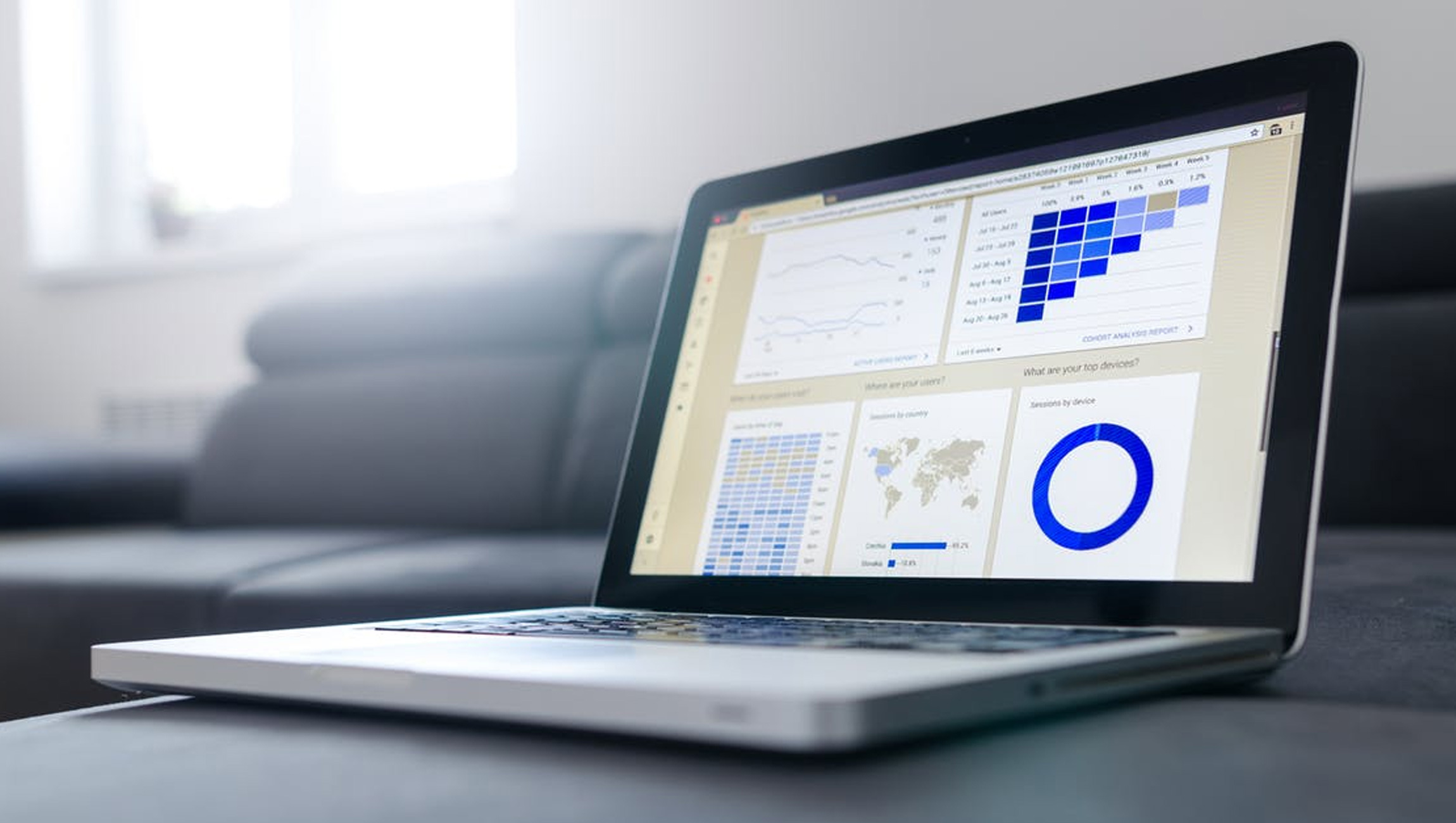 Four generations currently make up the modern workforce, so how do you develop a workplace that effectively engages all of them? This is a common and difficult question nearly every organization faces, especially when it comes to encouraging better communication and collaboration among diverse generations.
Four generations currently make up the modern workforce, so how do you develop a workplace that effectively engages all of them? This is a common and difficult question nearly every organization faces, especially when it comes to encouraging better communication and collaboration among diverse generations.
The answer to bringing these disparate generations together is a quality digital workplace. While you may think that “digital” automatically ostracizes older generations, digital workplaces are much more expansive in nature and allow people to communicate using their various preferred channels. This is indeed the key — implementing a strategy that blends each generation’s preferred communication tools into one centralized location.
Read More: An Annual Survey Isn’t Enough: Employee Engagement is the Bottom-Line
Similarities and Differences Between Generational Preferences
The best way to support and engage an entire office is to not only acknowledge diverse communication preferences, but also the overlap among them. As a company develops an understanding of the similarities and differences among generations, it can then offer the appropriate tools and resources that fit the entire office.
Among all generations, the ability to work productively with colleagues in order to meet personal and professional goals is the second most important factor for employees when seeking a job, first, of course, being competitive pay and benefits. Differences in workplace communication exist because the facilitation of “working productively” changes for each generation. For example, millennials may view this as a consistent flow of communication and feedback with colleagues throughout the day, whereas boomers might feel more accomplished in a closed office, checking off their to-do list with minimal interruption.
Below is an overview of each generation’s preferred method of communication for productivity:

Among other things, the work preferences above clearly indicate that there is no single or unifying work preference among the diverse workforce of today.
Read More: Ten Ways to Transform Your Employees into Social Ambassadors
Implementing a Diverse Digital Workplace
One digital workplace that meets everyone’s needs? It’s not a pipe dream. Really, the difficulty lies in implementation. Many companies pick the most generic option to offer their employees, hoping it will appeal to the majority. However, many companies don’t yet realize that digital workplaces can truly work for everyone, so long as the workplace takes advantage of advancements in technology and the company devises a strategy to distribute information through all channels.
An effective digital workplace is an experience, and it cannot be viewed narrowly as a communication tool. It is important to consider different channels of content that will create productive experiences among all generations in the office. For example, mobile delivery is demanded by millennials and Gen Z, so omitting mobile notifications and features within your digital workplace strategy is almost the equivalent of not communicating with younger generations. A truly great digital workplace offers employees a variety of communication and collaboration experiences to choose from, whether it’s a Team Workspaces solution like Teams or Slack, mobile notifications, conversational user interfaces (aka bots), audio calling, video calling or scheduling in-person meetings.
The key takeaway: your company should not have to choose a single communication style within the digital workplace. Instead, strongly consider fusing multiple channels together in order to communicate most effectively among all generations in your current and future workforce. Of course, as much as execution is important, defining success early on and consistently evaluating employee engagement progress is just as much of a must.
Read More: Connected Planning: The Key to Customer Engagement
Tracking Success
You’ve implemented a digital workplace – now what? Measuring success through a monitoring system that tracks your definition of success is the most important, yet often missed, next step. Here are a few examples of what success could look like (along with why it matters) within a digital workplace:
- “Within three months, 50 percent of employees will be using the integrated platform on mobile device.”
- Why it matters: Increasing the availability of your digital workspace to mobile devices meets your employees in a natural way – reducing barriers to accessing the tools and communication vehicles that matter to them. This leads to a more connected and engaged organization.
- “After eight weeks, 75 percent of employees will use an alternative to in-person meetings once a week.”
- Why it matters: Forcing new ways of working, such as exploring virtual meetings, asynchronous collaboration via team workspaces, can push an organization to function more efficiently with less of a dependence on in-person meetings. Outside of the obvious cost savings (due to saved time, travel expenses, inability to consider telecommuting, etc.), this will typically drive increased team member satisfaction. Key to this goal: this isn’t the elimination of the in-person meeting style, rather it’s training a change in behavior to consider the right way of meeting given the subject matter, anticipated outcome, and audience.
- “Within three months, our shared service call centers will experience a drop-in call volume within the targeted knowledge categories”
- Why it matters: When employees can’t navigate your systems or find a clear answer quickly – they’ll turn to their support network, which is likely their fellow coworkers or your various help-desks across the organization. By considering the top time-consumers of your help-desks, make sure your digital workspace provides the answers and guidance to these topics. This will enable your employees to address these items in a more self-serving manner, increasing employee’s sense of autonomy – which yields a bump not only in employee engagement, but will also free up your help desk to tackle more challenging problems.
Read More: Three Components of a Data-Driven, Future-Focused Customer Engagement Strategy
Another key component of ensuring success in digital workplace engagement is to properly address change. Every few months or so, senior leaders should assess what changes need to be made to make the digital workplace more effective. For example, are all generations communicating together to achieve productivity? Or are some employees being left behind? If so, don’t be afraid to switch things up and try new a new feature or tool.
Not every office is the same, so if virtual online meetings aren’t working well across a subset of the organization, consider coaching those areas on some other alternatives – such as team workspaces, instant messages, or perhaps a good old-fashioned in-person meeting. Again, the key is to identify the problem, who it affects, and then work to make the correct experience easily available to the affected employees.
Most organizations invest in the top tools and collaboration platforms to attract and retain the top talent in their respective field. Understanding what motivates employees is important to building out company programs, tools and experiences, as it helps keep a talented workforce at your organization. Because of this, proactivity trumps reactivity. Ask people what they want, allow them to opt-in for notifications, and find out what changes they’d like to see within their digital workplace.
Achieving Generational Collaboration
While the question of how to engage all employees in the way they prefer may first appear difficult, it no longer seems quite as daunting once you break it down into steps. Executives responsible for the digital workplace must engage with employees and pay attention to generational preferences, so the company can provide an experience that appeals to everyone. Implementing multiple communication channels and defining what success looks like with a digital workplace means less worries about employee engagement.
Read More: The MarTech Fitness Drill 2019: How Much Do You Sweat With Your Marketing Technology











